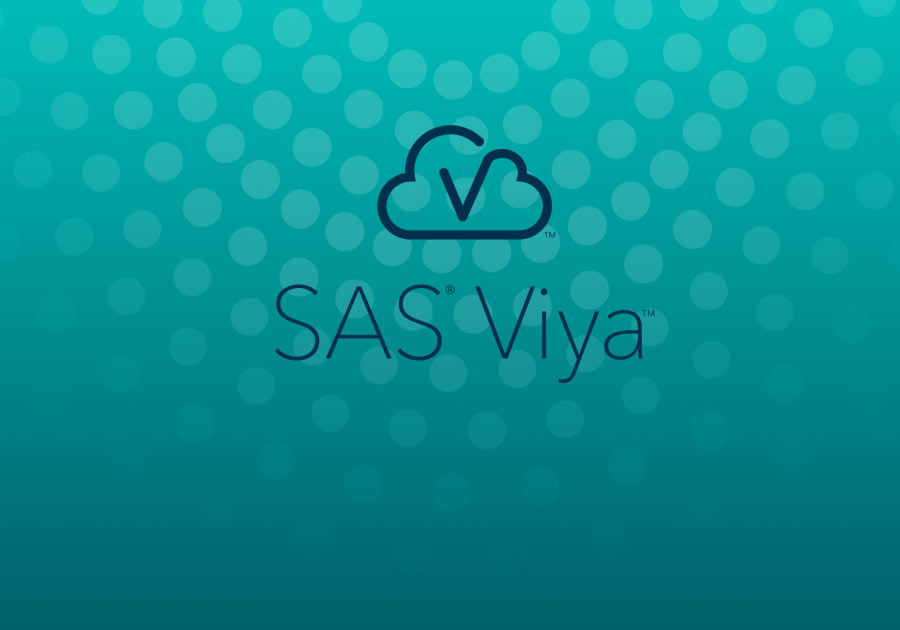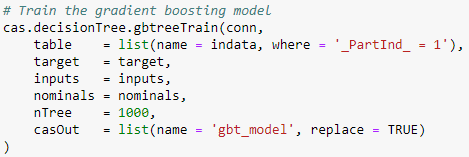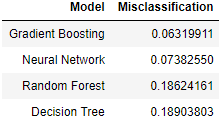 The R SWAT package (SAS Wrapper for Analytics Transfer) enables you to upload big data into an in-memory distributed environment to manage data and create predictive models using familiar R syntax. In the SAS Viya Integration with Open Source Languages: R course, you learn the syntax and methodology required to complete a data mining workflow using SAS Cloud Analytics Services from an R user’s perspective.
The R SWAT package (SAS Wrapper for Analytics Transfer) enables you to upload big data into an in-memory distributed environment to manage data and create predictive models using familiar R syntax. In the SAS Viya Integration with Open Source Languages: R course, you learn the syntax and methodology required to complete a data mining workflow using SAS Cloud Analytics Services from an R user’s perspective.
Once your data is in-memory, you use common R functionality to explore the data, such as the dim, names, head, and summary functions, or manage the in-memory data using common R data frame manipulation techniques. After processing the data, use CAS actions to create predictive models and score new data. The models and results were created to have a look and feel to open source software. For example, the gbtreeTrain action below, trains a gradient boosting model and saves the information in a new data table on the server. It can then be passed to additional CAS actions similarly to an R model object to score new data and assess its prediction ability.

After training a variety of machine learning models, compare misclassification rates. CAS results can be seamlessly passed backed to the local machine and analyzed using R syntax.


The R API to CAS allows R programmers to easily assimilate with SAS and take advantage of fast parallelized in-memory analytics. This course provides the tools required for R programmers to efficiently work with SAS Cloud Analytics Services.
Note: I'll be teaching this course as part of SAS Global Forum 2018 post-conference training Wednesday, April 11. We plan to add this course to our regular schedule sometime in 2018. Check our SAS Viya Learning Path for the latest course listings.
